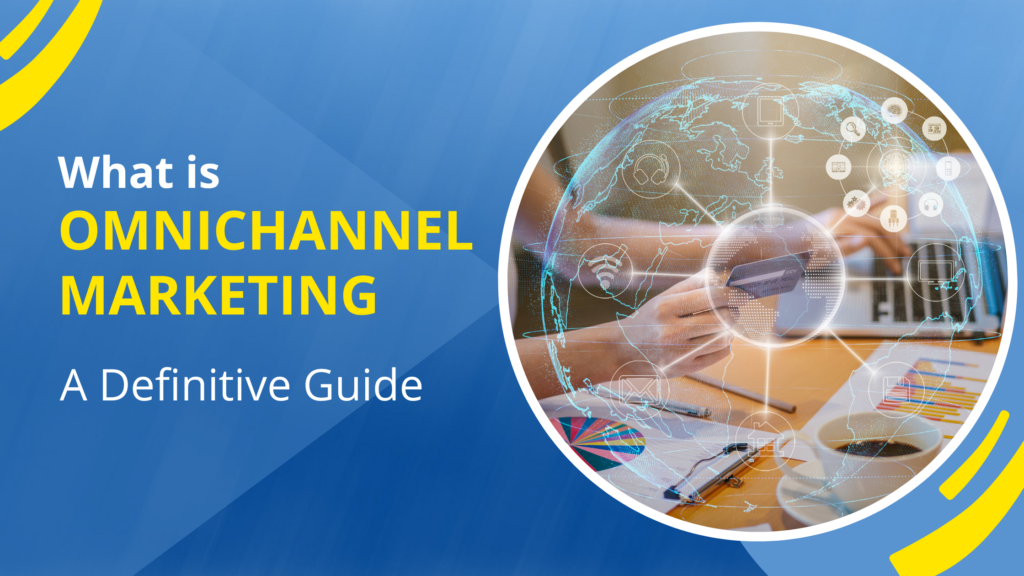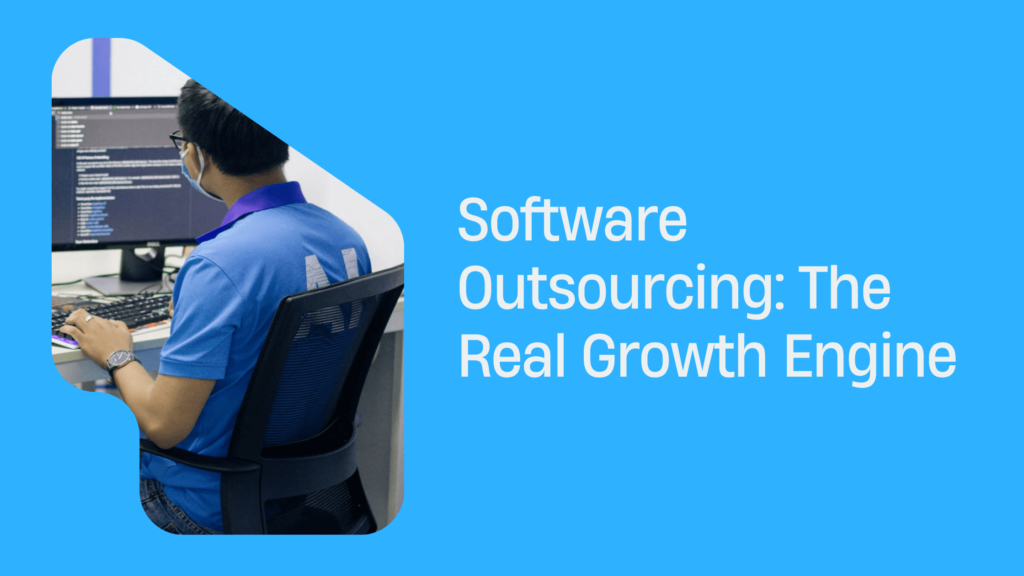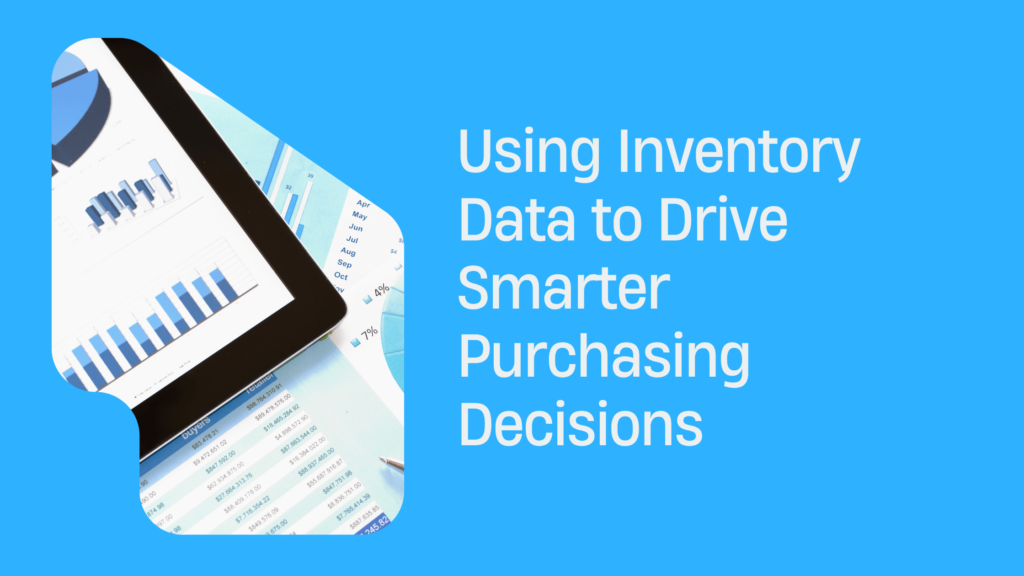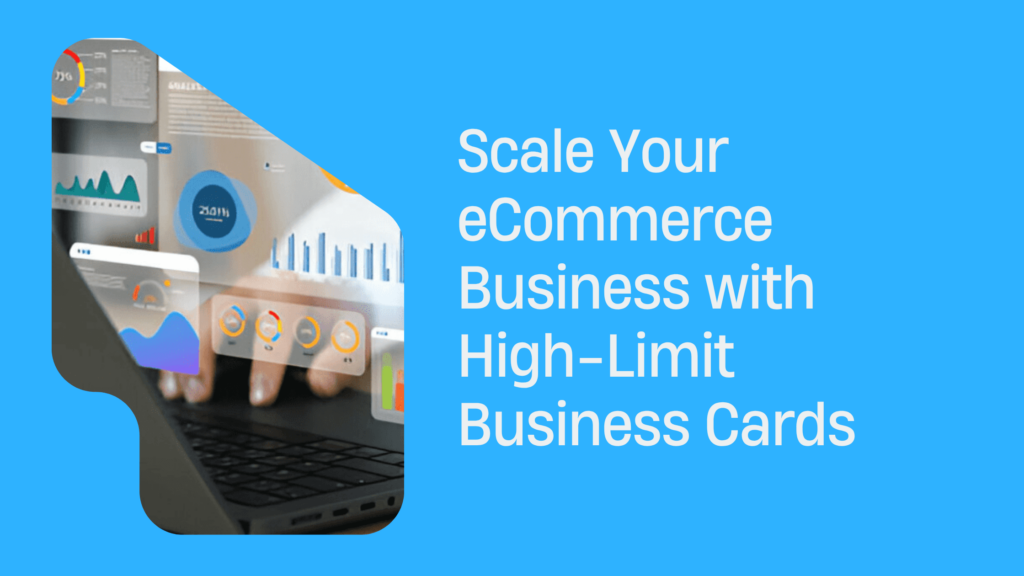What Is Omnichannel Marketing – A Definitive Guide
Introduction to Omnichannel Marketing
Imagine you’re a customer researching a new pair of shoes. You might see an ad online, visit the brand’s website, and then head to a physical store to try them on before finally buying online. This is where omnichannel marketing explained comes in!
It’s all about creating a smooth, unified experience across ALL channels (website, social media, email, and even physical stores). In the past, marketing might have focused on separate campaigns for each channel. Omnichannel takes a more modern approach, understanding that customers move between channels seamlessly. By providing a consistent brand message and experience, you can build stronger relationships and boost sales.
Core Elements of Omnichannel Marketing
In omnichannel marketing explained, four key elements form the backbone of a successful strategy
consistent brand messaging
Data-driven decisions
Seamless customer experience
Integration of marketing channels.
Consistent Brand Messaging
Maintaining consistent brand messaging is vital in omnichannel marketing for two main reasons. Firstly, it helps in building brand recognition and loyalty by ensuring that customers encounter the same brand voice and visual identity across all channels. Secondly, clear and consistent messaging resonates with your target audience, strengthening your brand’s connection with them.
Data-Driven Decisions
Using customer data from various channels is crucial for omnichannel marketing success. By gathering data from sources like website visits, social media interactions, and email engagements, businesses can gain valuable insights into customer behavior and preferences. These insights enable personalized marketing efforts, enhancing customer satisfaction and loyalty. Analytics tools play a vital role in tracking customer behavior and assessing campaign performance, guiding data-driven decision-making.
Seamless Customer Experience
In omnichannel strategy for ecommerce, providing a seamless customer experience is paramount. This involves ensuring a smooth transition for customers between online and offline channels. For example, offering click-and-collect options allows customers to purchase online and pick up their items in-store, providing convenience and flexibility. Similarly, allowing customers to conduct product research in-store and make purchases online enhances their shopping experience—for instance, retailers can generate a QR code for each product to bridge the gap between physical displays and digital information.
Integration of Marketing Channels
Breaking down silos between different marketing departments and integrating channels is essential for effective omnichannel marketing. Departments such as social media, email, and content marketing need to collaborate seamlessly to deliver a cohesive brand experience across channels. Utilizing WhatsApp Business API and other marketing automation tools facilitates streamlined cross-channel campaigns, ensuring consistency and efficiency in marketing efforts.
Benefits of Omnichannel Marketing
If a customer walks into your store confused because the online ad they saw advertised a different price. That’s not a great first impression, right? Omnichannel marketing tackles this issue head-on by delivering a smooth and consistent experience across all channels, leading to a whole host of benefits for your business. Here’s how:
- Increased Customer Engagement and Brand Loyalty.
By providing a seamless experience across all touchpoints (website, email, social media, even physical stores), you build trust and keep customers engaged. Imagine seeing a product on Instagram, getting more details through a targeted email, and then easily purchasing it on the brand’s website. This convenience fosters loyalty and keeps customers coming back for more.
- Improved Customer Experience and Satisfaction.
Nobody enjoys jumping through hoops! Omnichannel marketing ensures a smooth journey for your customers. Think click-and-collect options (order online, pick up in-store) or easy access to customer service through various channels. These conveniences translate to happy customers who are more likely to recommend your brand.
- Personalized Marketing for Higher Conversion Rates.
One-size-fits-all marketing is a thing of the past. Omnichannel marketing allows you to gather data from various channels (browsing history, past purchases) to personalize your marketing efforts. Imagine receiving email recommendations based on what you recently looked at online. This targeted approach increases the chances of conversion (turning a website visitor into a paying customer) and boosts your sales.
- Enhanced Data Collection and Customer Insights.
Gone are the days of guesswork! Omnichannel marketing allows you to collect valuable customer data from various touchpoints. This data goldmine provides a deeper understanding of your customer base, their preferences, and their buying habits. By analyzing this data, you can tailor your marketing campaigns more effectively, reaching the right audience with the right message at the right time.
- Increased Sales and Revenue Growth.
Ultimately, happy and engaged customers translate to more sales. By providing a seamless experience, personalized marketing, and a deeper understanding of your audience, omnichannel marketing positions your business for success.
It’s a win-win situation – you deliver a fantastic customer experience, and your sales and revenue see a healthy jump.
Implementing Omnichannel Marketing Strategies
After the benefits, we follow the implementation part. Here is how to get started
Identifying Your Target Audience
Understand who you’re trying to reach. Create detailed customer personas that define your ideal customer’s demographics, interests, and online behavior. Where do they hang out online? Do they prefer email updates or social media posts? Identifying these preferred channels is crucial for crafting targeted marketing messages.
Mapping the Customer Journey
Think of the customer journey as your customer’s path to purchase. Map out all the touchpoints they might encounter, from initial brand awareness to the final purchase and beyond (think reviews and customer service). Analyze your existing touchpoints – website visits, social media interactions, email engagement – to identify any gaps or inconsistencies.
Optimizing Each Channel
Now, let’s optimize each touchpoint for a positive customer experience. Here are some examples:
- Website – Ensure it’s mobile-friendly, easy to navigate, and provides valuable information about your products or services.
- Social Media – Create engaging content (images, videos, stories) that resonates with your audience and showcases your brand personality.
- Email Marketing – Segment your audience and send targeted emails with valuable content, special offers, or personalized recommendations based on past purchases.
Integrating Channels
Omnichannel marketing is all about creating a unified experience. This means ensuring consistency across all channels. Here’s how
- Marketing Automation Tools – Leverage marketing automation tools like WANotifier to streamline your campaigns and send automated messages based on customer behavior.
- Consistent Messaging and Offers – Maintain a consistent brand voice and visual identity across all channels. Ensure your messaging and promotional offers are aligned, so customers receive the same message no matter where they interact with your brand.
Overcoming Omnichannel Marketing Challenges
Omnichannel marketing might sound complex, and it’s true – there can be hurdles to jump over. Here are some common challenges and how to tackle them
- Data Silos – Imagine valuable customer data scattered across different departments. This makes it difficult to get a complete picture of your audience.
Solution – Invest in marketing automation tools that centralize your data, making it easier to analyze and leverage for targeted campaigns.
- Departmental Silos – Marketing, sales, and customer service might operate independently. This fragmented approach hinders a cohesive customer experience.Solution – Foster collaboration between teams! Regular meetings and shared goals ensure everyone is on the same page, delivering a consistent brand message across all channels.
- Budget Constraints – Implementing omnichannel marketing might seem expensive.Solution – Start small! Focus on optimizing a few key channels first and gradually expand your strategy as your budget allows. Remember, even small improvements can lead to significant results.
The Future of Omnichannel Marketing
The world of marketing is constantly evolving, and omnichannel marketing is no exception. Here’s what’s on the horizon
- AI-Powered Personalization – Imagine chatbots that answer your questions and recommend products based on your preferences. Artificial intelligence (AI) will play a bigger role in personalizing the customer experience across all channels.
- Voice Search on the Rise – People are increasingly using voice assistants to shop online. Omnichannel strategies will need to adapt to optimize content for voice search and ensure a seamless experience for these users.
- Customer Experience Takes Center Stage – In a competitive landscape, a positive customer experience is the ultimate differentiator. Omnichannel marketing will continue to evolve to prioritize customer needs at every touchpoint, fostering stronger brand loyalty and driving business growth.
The future of omnichannel marketing is all about leveraging technology to create a more personalized, convenient, and overall positive experience for customers across all channels.
Conclusion
In the current digital scenario, customers expect a seamless experience across all channels. Omnichannel marketing provides a roadmap to achieve this, boosting benefits like customer loyalty and sales growth.
Ready to take your business to the next level? Implement omnichannel strategies for ecommerce by understanding your audience, optimizing each touchpoint, and integrating your channels for a unified experience. We’ve provided a strong foundation – explore the resources below to delve deeper into implementing omnichannel marketing best practices and dominate the competition!
Omnichannel Marketing FAQs
What is the key to good omnichannel marketing?
The key to good omnichannel marketing is seamless integration across channels, ensuring a cohesive and personalized experience for customers throughout their journey with the brand.
How efficient is omnichannel marketing?
Omnichannel marketing maximizes efficiency by ensuring seamless customer experiences across all channels, leading to higher engagement, increased loyalty, and improved ROI.
How can I be successful in omnichannel marketing?
To succeed in omnichannel marketing, prioritize seamless customer experiences, leverage data-driven insights, foster collaboration across teams, and adapt to emerging trends to meet evolving customer needs effectively.
How does omnichannel transform consumer behavior?
Omnichannel transforms consumer behavior by offering seamless experiences across various channels, empowering consumers to engage with brands on their terms, enhancing convenience, personalization, and brand loyalty.




